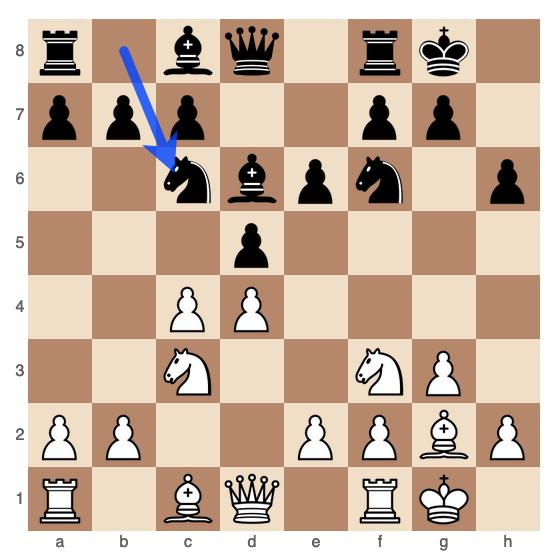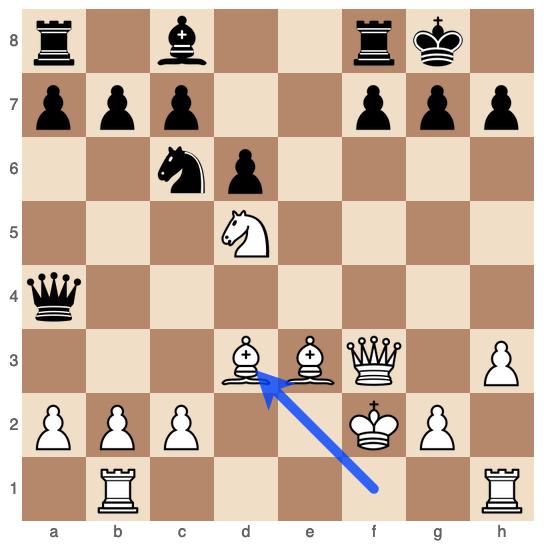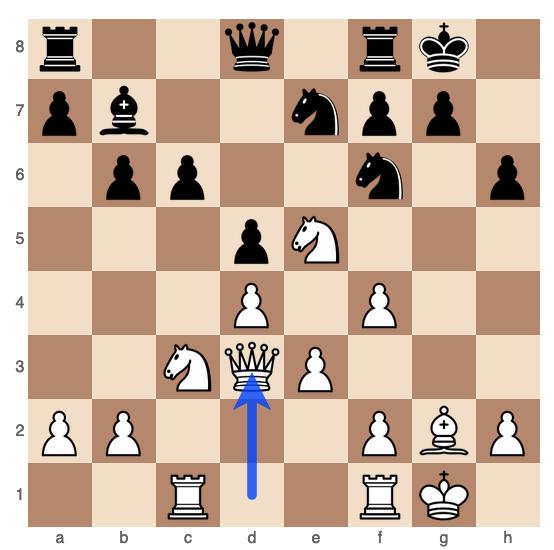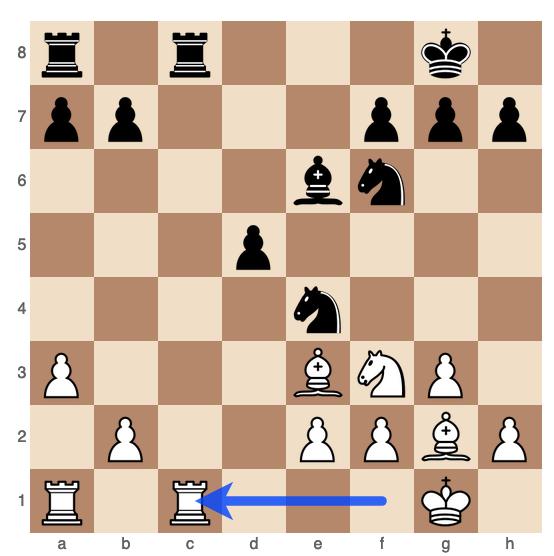In this second-round game from Titled Tuesday, Guillermo Baches (Chessllermo) faces Viktoriy Tarasova in a rich and strategic battle arising from the Nimzo-Indian Defense. Baches, with the white pieces, showcases deep positional understanding and endgame prowess, gradually outplaying his opponent in a long and instructive game that demonstrates the power of central control and active piece play.
The Opening
The game begins with the Nimzo-Indian Defense (1. d4 Nf6 2. c4 e6 3. Nc3 Bb4), a solid and highly respected opening choice by Tarasova. Baches responds with 4. Qc2, the Classical Variation, aiming to avoid doubled pawns and maintain central control. After 5. a3 Bxc3+ 6. Qxc3, White has the bishop pair, but Black has a solid structure and quick development.
The opening continues with both sides developing their pieces naturally. Baches prepares to fianchetto his bishop with 8. g3, aiming for long-term pressure on the center and kingside, while Tarasova looks to challenge White’s center with 8…dxc4. By move 12 (12. Bf4 Qe7), Baches has completed his development, and the game transitions into a middlegame where White has a slight advantage due to the active bishop pair and better central control.
The Middlegame
The middlegame begins with a strategic maneuvering phase, where Baches seeks to capitalize on his central control while Black attempts to neutralize White’s initiative. The move 14. Bg5 is an important one, pinning the knight and preparing to potentially open the center with d4-d5.
Tarasova counters with 15…c5, challenging White’s center and creating tension in the position. The exchange on c5 (16. dxc5 Nxc5) leads to an unbalanced position where White retains a slight initiative due to more active pieces and a potentially better pawn structure.
The critical moment comes after 18. Qa2, where Baches targets the weak a7 pawn and increases pressure on Black’s position. Tarasova’s attempt to simplify with 19…Nxd2 20. Rxd2 results in White gaining control of the open c-file and the d5 square, increasing his positional advantage.
The Endgame
As the game transitions into the endgame, Baches’ plan becomes clear: he aims to convert his slight positional advantage by activating his pieces and improving his pawn structure. After 22. Rxd2 Rc1+, White’s rooks dominate the open files, and Black’s pieces are pushed to passive positions.
Baches continues to increase his advantage with 25. e4, centralizing his pawns and preparing to advance them. The critical sequence begins with 26. b3 dxe4 27. bxc4, where Baches transitions into a favorable endgame with active rooks and a passed c-pawn. Tarasova’s position becomes increasingly difficult to hold as Baches methodically improves his pieces.
The final phase of the game showcases Baches’ endgame technique. After 33. Rxd2, Baches maintains the initiative and gradually pushes Black into a passive position. The moves 39. h4 and 41. Kf4 demonstrate Baches’ understanding of king activity in the endgame, as he brings his king closer to the center and prepares to support his pawns.
Tarasova attempts to hold on with 42…g5 and 43…Ke6, but Baches breaks through with 44. Re3+ and 45. Rd3+, creating a decisive advantage. The final moves (47. Nd4 and 49. Ne6) seal the victory as Baches’ pieces dominate the board, leading to Tarasova’s resignation after 51. Kg7.
Conclusion
This game is a superb example of how to play against the Nimzo-Indian Defense, particularly in terms of maintaining central control and transitioning into a favorable endgame. Baches’ ability to maneuver his pieces, create weaknesses in Black’s camp, and convert a small advantage into a win demonstrates his deep understanding of positional play and endgame strategy.
Key Lessons:
- The Classical Variation of the Nimzo-Indian Defense allows White to maintain central control and the bishop pair, leading to long-term strategic pressure.
- In the endgame, activating the king and rooks while improving pawn structure is crucial to converting an advantage.
- Patience and precision are key in endgame play, especially when transitioning from a middlegame with slight imbalances.
“Chess is a game of small advantages; when nurtured with care, they grow into winning positions.” Baches exemplified this principle by methodically outplaying his opponent and securing a well-earned victory.






